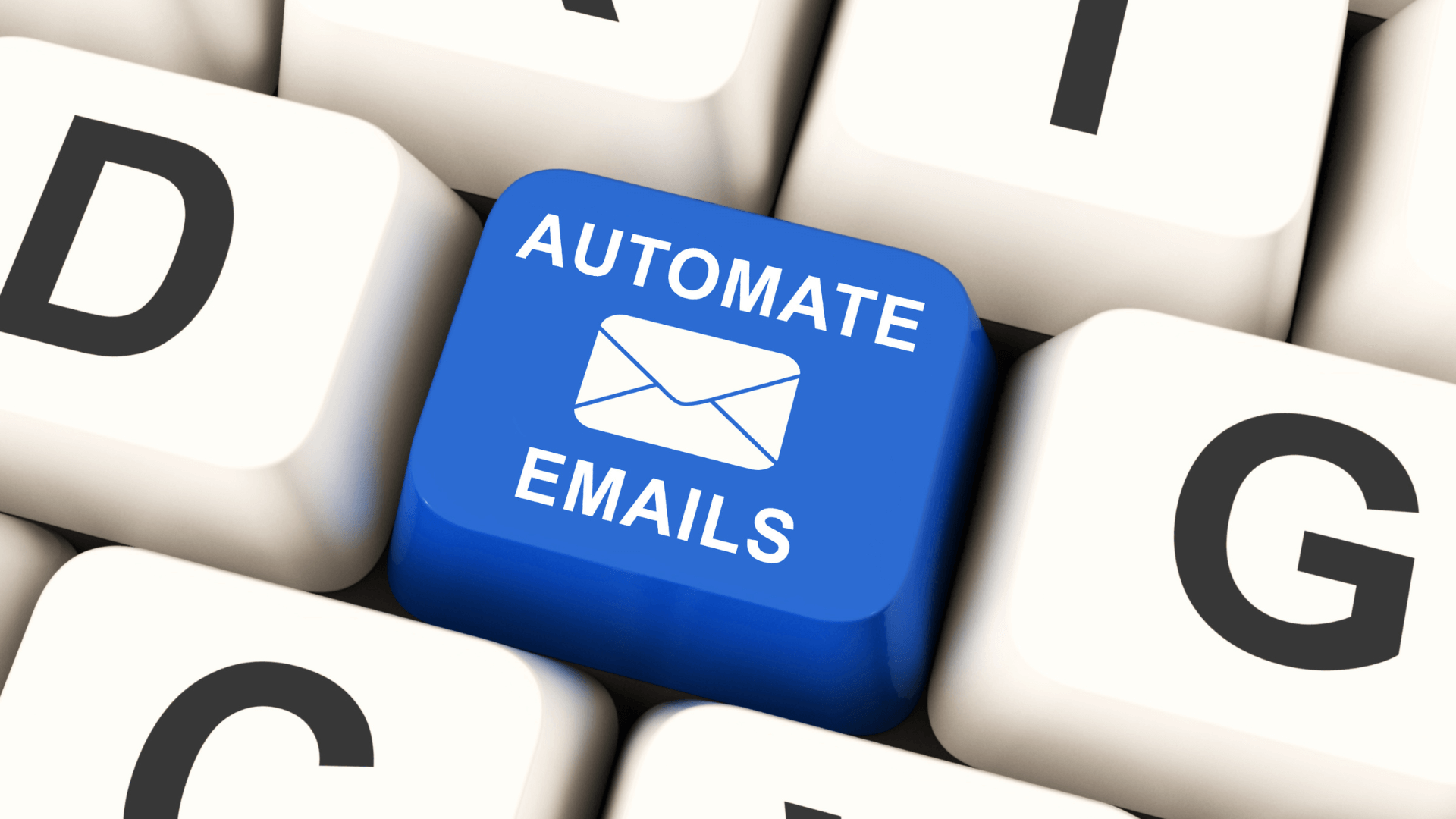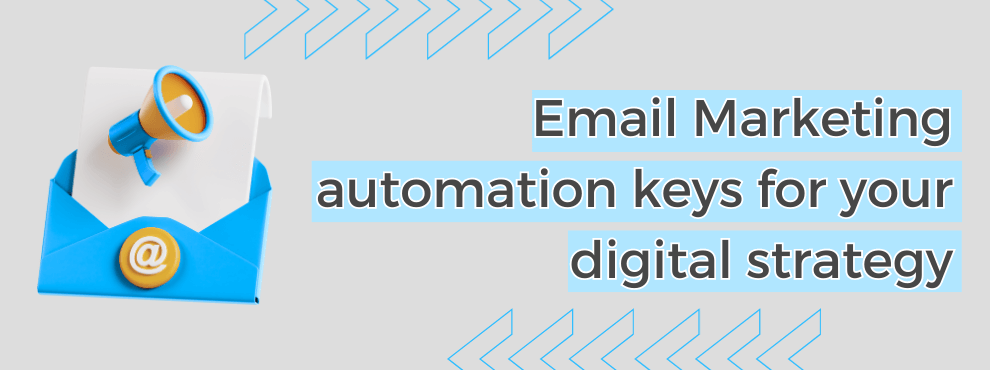In the constantly evolving digital marketing landscape, email marketing automation has emerged as a transformative catalyst, redefining the way brands connect with their audiences. This article dives into the fascinating world of email marketing automation, breaking down its fundamental keys to success and highlighting its crucial role in creating impactful user experiences and meaningful conversions.
In an environment where personalization and efficiency are the order of the day, email marketing automation presents itself as the quintessential tool for orchestrating precise and highly targeted email marketing campaigns. It is not simply about sending mass emails, but about triggering strategic interactions based on user behavior, transforming each message into a strategic opportunity.
Table of contents
what is Email Marketing Automation?
Email marketing automation involves the use of systems and platforms to schedule and send emails automatically, based on specific user behaviors. This approach goes beyond simply sending newsletters, allowing for more personalized and timely communication.
The key here is to understand that automation not only saves time, but also optimizes the delivery of relevant messages at the right time, thus maximizing conversion opportunities.
Benefits of Email Marketing Automation
There are many different reasons why performing this action will become positive for the growth of a business, but let’s get to know some of the most important benefits that this automation offers us.
Improved personalization
Email marketing automation allows you to segment audiences based on behaviors, purchase history or preferences, which facilitates the delivery of highly relevant and personalized content. The incorporation of dynamic personalization based on real-time data ensures that each user receives messages that align with their current interests.
Increases efficiency
Automated delivery scheduling frees up time for more creative strategies and data analysis, increasing the overall efficiency of the marketing strategy. Routine tasks, such as sending welcome emails, abandoned cart tracking or birthday messages, can be executed without manual intervention, allowing the team to focus on other more strategic and creative actions.
Optimize segmentation
Accurate audience segmentation is key. Automation allows targeted messages to be sent to specific demographics, maximizing the relevance of the content. This not only improves open and click-through rates, but also builds a stronger connection with users by providing content that resonates with their individual needs.
Implementing Email Marketing Automation
Selecting the right platform
Choosing a robust automation platform is essential. There are tools that offer advanced functionality to meet a variety of marketing needs. The choice of platform should consider ease of use, ability to integrate with other tools, and scalability to accommodate business growth.
Workflow creation
Developing logical workflows and consistent email sequences is crucial. From onboarding new subscribers to reactivation campaigns, each step must be strategically planned. Creating flows based on specific user behaviors ensures that each interaction is part of a broader, personalized experience.
Dynamic personalization
Personalization goes beyond the recipient’s name. Using dynamic tags to adapt content based on the user’s past interaction ensures a highly personalized experience. Incorporating artificial intelligence and machine learning into personalization can take email automation to the next level, anticipating user needs and proactively improving content relevance.

Key metrics to evaluate performance
Open and click-through rates
These traditional metrics remain critical. A high open rate indicates relevance. Analyzing these metrics on a regular basis and comparing them to industry benchmarks can reveal opportunities to adjust strategies and improve results.
Conversion and retention
Automation seeks not only to attract but also to convert. Monitoring conversions and retention allows you to adjust strategies based on actual performance. Implementing specific customer retention workflows, such as loyalty programs or personalized discounts, can increase customer loyalty and maximize long-term value.
Abandonment analysis
Understanding why users abandon a workflow or subscription is essential. Automation allows for quick, adaptive adjustments to retain audience. Analyzing abandonment points and conducting surveys or A/B testing can provide valuable information on how to improve the user experience and reduce abandonment rates.
Conclusion
Email marketing automation is not simply an addition to digital marketing strategies; it is a paradigm shift that redefines the relationship between brands and their audiences. In a message-saturated world, the ability to send personalized, relevant and timely communications is the secret weapon that drives email marketing success.
By effectively embracing email marketing automation, brands not only save time and resources, but also cultivate deeper connections with their audience. Implementing strategic workflows, dynamic personalization and adaptability to changing user behaviors are the keys to building a digital presence that goes beyond the mere business transaction.
Constant evolution is essential in this dynamic space. As consumer expectations evolve and emerging technologies transform the way we interact online, brands must be prepared to adapt. Email marketing automation is not just a one-off strategy, but a continuous journey of improvement and refinement.
In short, sustained success in automated email marketing requires not only advanced technological tools, but also a strategic, customer-centric mindset. Those brands that embrace personalization, efficiency and adaptability are positioned not only to survive in the competitive digital landscape, but to thrive and build lasting relationships with their audiences. Email marketing automation is the gateway to a new level of engagement and success in 21st century digital marketing.




Deja un comentario